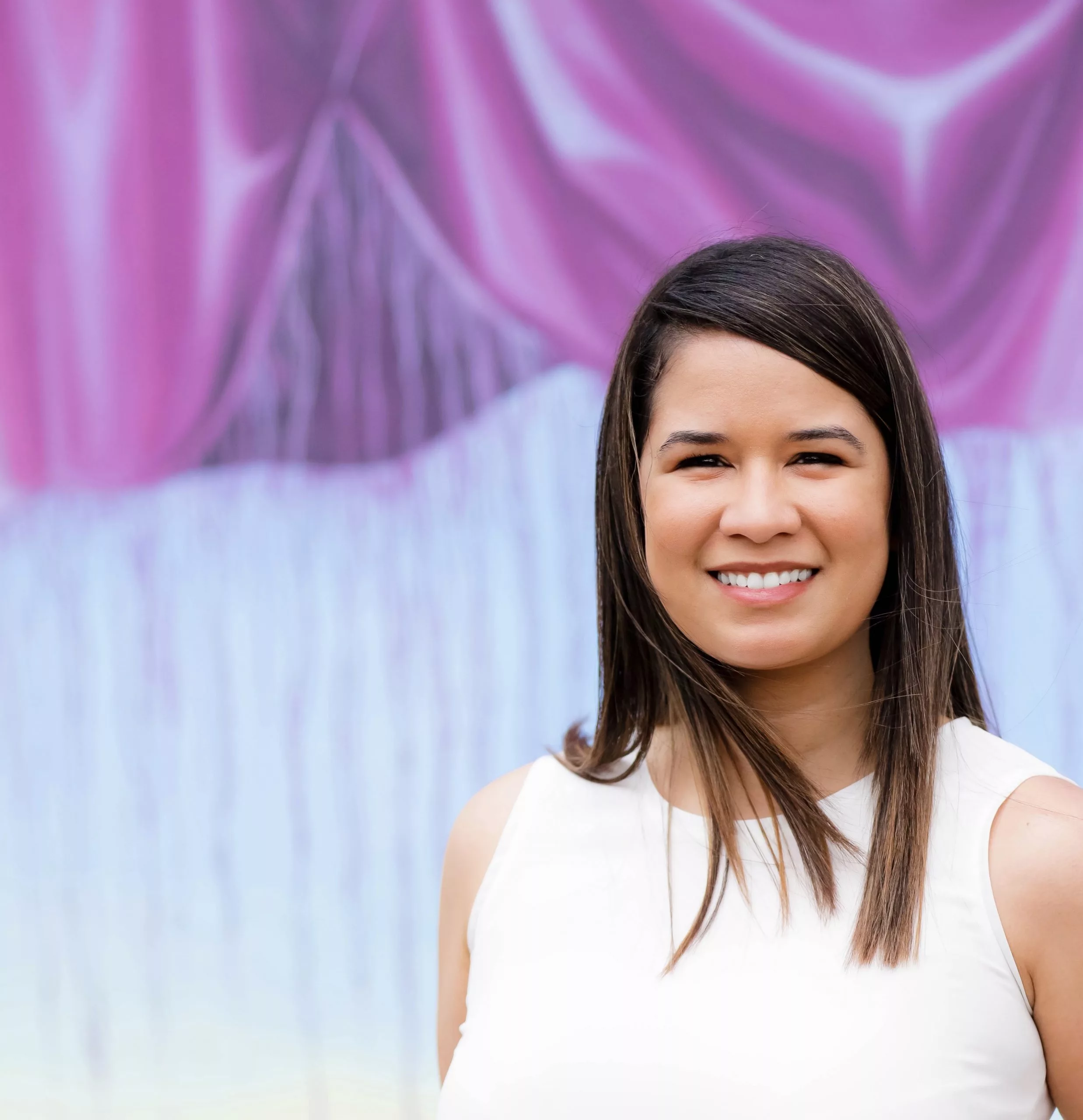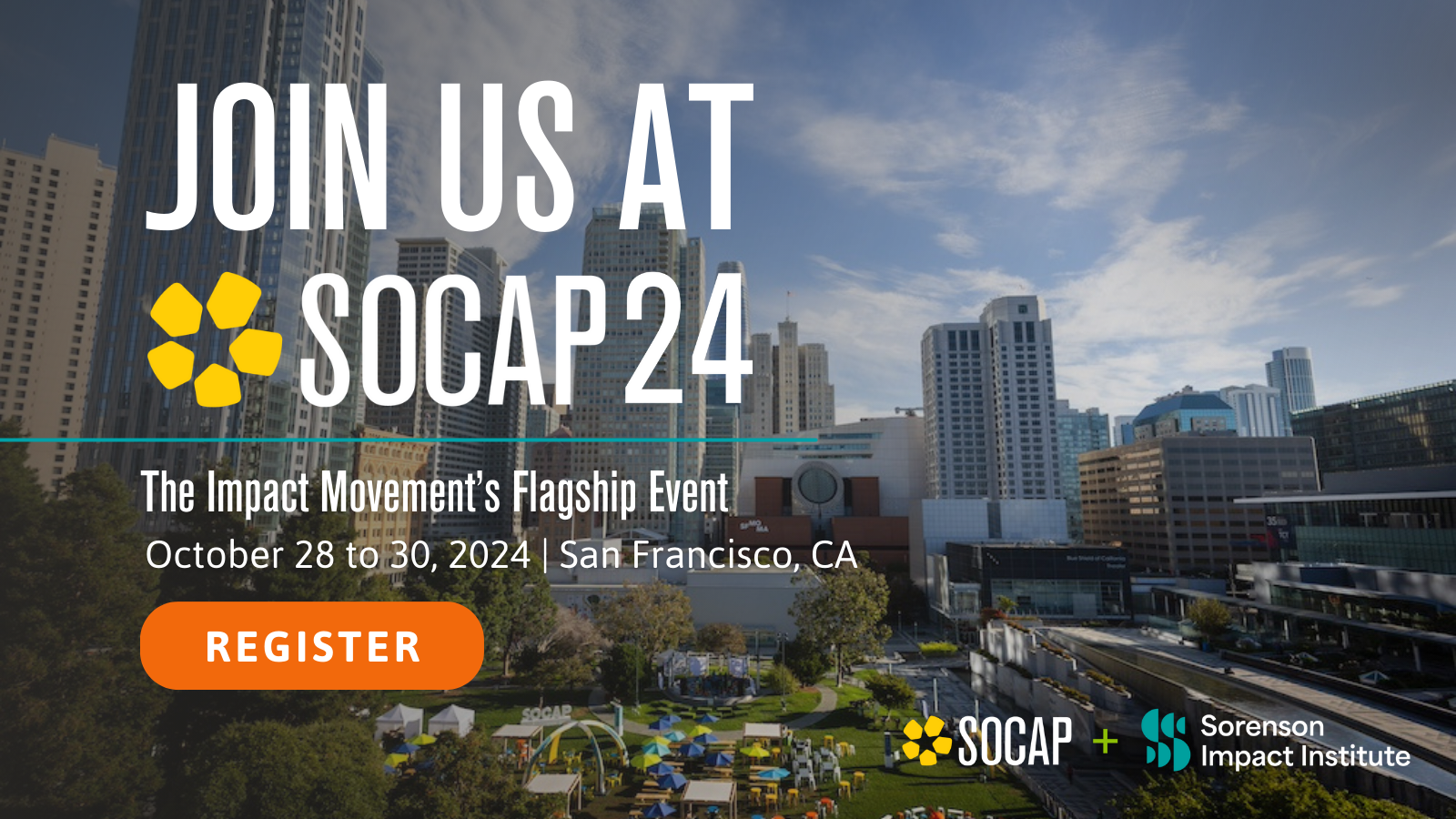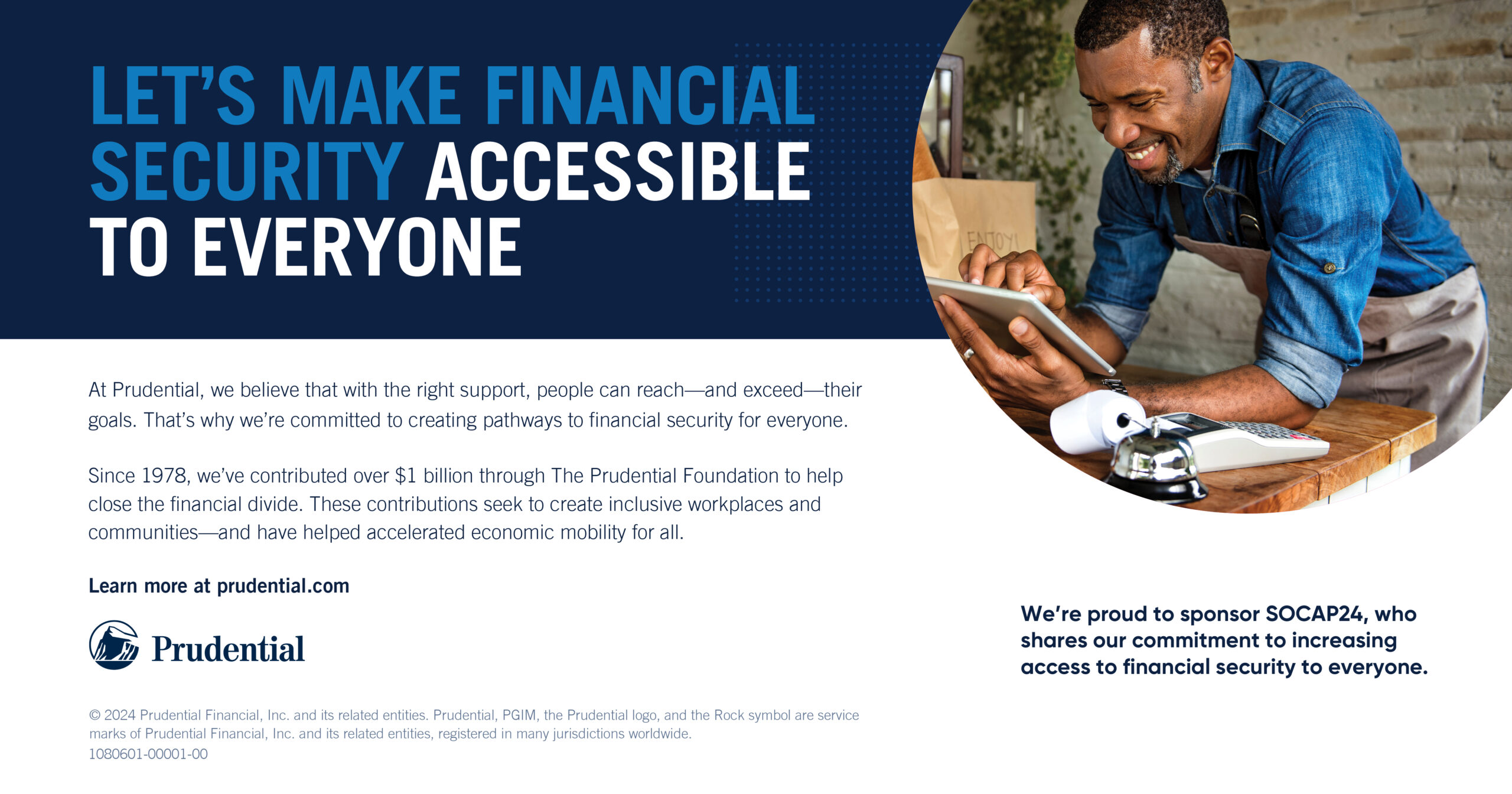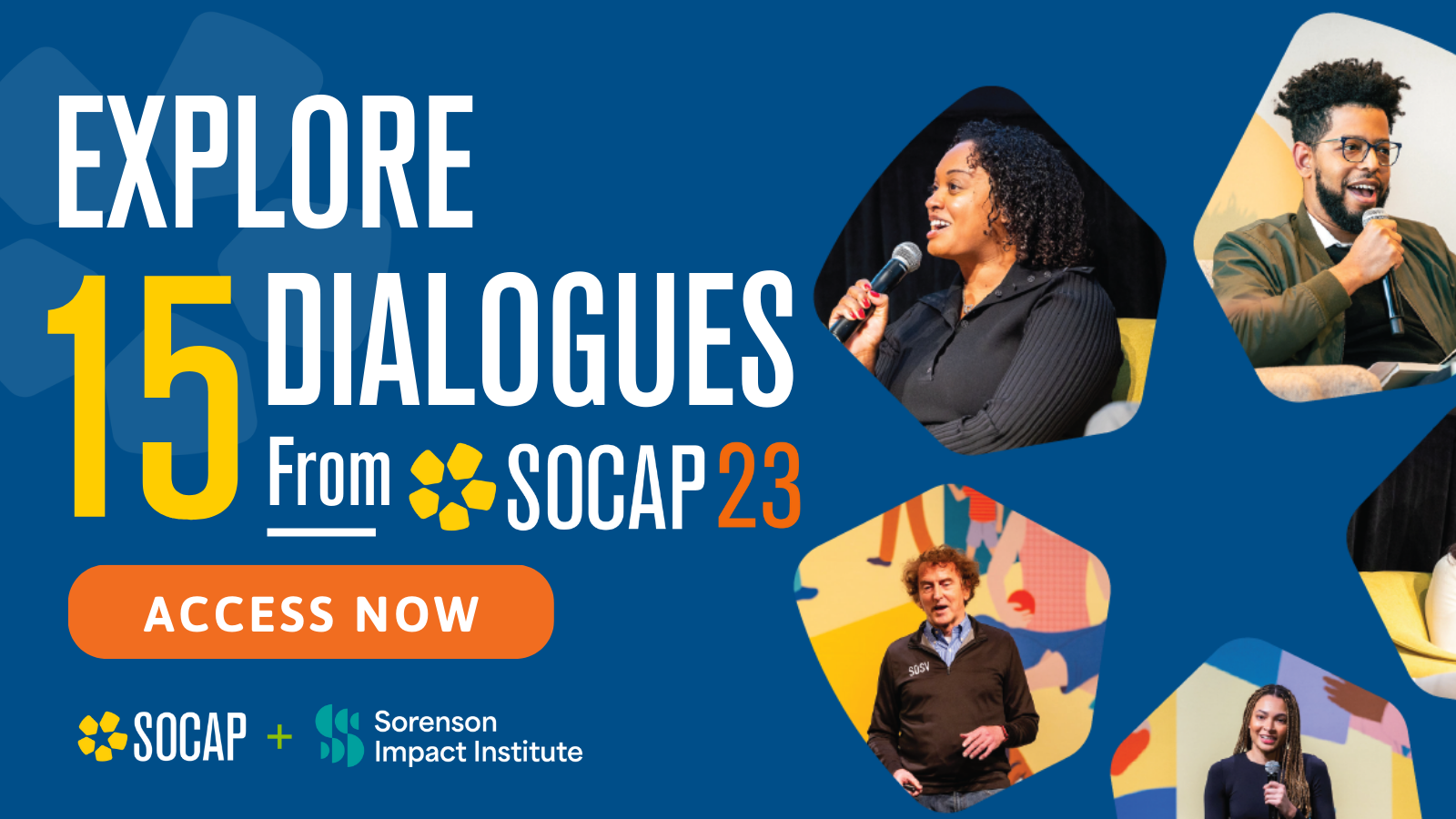My heart aches in corners I did not know existed.
Najwa Zebian
There is a lot of buzz right now about transparency. If you spend much time at all reading and learning about conscious business or sustainable enterprise, you’ll come across the call for brands to be more transparent.
If you are a large company, transparency might look like publishing employee salaries, sharing with your community when a sustainability initiative you had doesn’t go like you planned, or publishing impact reports. For retailers and other businesses with long and complicated supply chains, it could mean creating maps and other visuals that show you’ve been conscientious about your supply chains and can trace your products back to the original creator. All of these things are an effort to encourage businesses to hold themselves accountable for walking the walk.
Diversity, sustainability, and pay equity initiatives mean nothing if you don’t have the data to back up what you say you are doing.
It also alleviates concerns about greenwashing. If you are actually doing the things, as opposed to just talking about doing the things, and you can prove it, no one is going to wonder if you are just using current trends in sustainability, anti-racism, and gender equity to sell your product or to make a difference.
We also know that shoppers want to know these things. Consumers want to spend their money with brands that share their values. Being transparent about your values helps the people who are looking for you find you. Transparency becomes an integral part of your marketing plan.
And, the best marketing (of any kind) is marketing that tells a story. Starting with Big Advertising in the 60’s and continuing through today, those stories have been designed to paint a picture of the kind of life you can have if you use X product or the difference you’ll experience if you use Y product. The story says to the viewer or listener, “Real people who are a lot like you are using this product and they are happy. If you use this product, you will also be happy.
This type of marketing is also frequently used in public service campaigns. Sometimes it is subtle: I don’t have a house in the country or a gourmet kitchen, but when I see people who look like me making eggs at their country house, in their gourmet kitchen, and everyone is joyful, I instantly believe I can have that happiness too if I buy the cookware they are using (even though I don’t cook Ever.) Sometimes it is more in-your-face. Remember the This is your brain on drugs ads? They used the same principles! I see a cracked egg in a skillet, and I think, “Hmm. I don’t want my brain to look like cracked egg in a skillet, so I should not do drugs. Ads like this can even prompt you to become an advocate or activist. Your heart is sad for the people who do use drugs because their brain is going to look like a cracked egg in a skillet, you may even go as far as volunteering with a local organization or starting your own initiative to help people stay off drugs.
Those types of ads can also backfire. You may see the happy family cooking eggs in their gourmet kitchen and not see yourself at all. You may be a vegan and end up frustrated because you feel eggs are political. You may watch the cracked egg go into the skillet and think, “Why are they using an egg to represent the human brain?” In this case, it is unlikely you will keep your brain off drugs in order to keep it from looking like a cracked egg in a skillet.
It’s mostly irrelevant whether the story being sold to you is true or not. The goal is to get you to identify or not identify with the person or people whose story is being showcased – subtly or not – and buy something or do something (or not buy something or not do something) that they are doing.
In conscious businesses, we must marry those two things: your transparency and the story that proves it exists.
There are a few ways to do this and they all share one common element. There is no disclaimer at the bottom (or in the voice-over narration) that says, “Results are not typical.” or “This person is an actor.”
So what happens if I don’t resonate with the person on the screen, but you want to use that story to encourage me to do or purchase a certain thing? Successful nonprofits know the answer to this – they have been doing it for years. For nonprofits, the marrying of transparency and story – and your eagerness to do what the advert wants you to do (usually write a check) – gives us the art of sharing someone else’s story. There are few things more powerful than hearing the testimony of someone that has been helped by the organization that is soliciting you for money.
Even though you don’t want to be that person, you 100% want to help that person be more like you. And the nonprofit has shown you how they have the power to do that: with one very powerful story.
Recently social enterprise companies have started getting on this train as well. It’s one of the few times inspiration sells, as long as it is selling more than inspiration! If the story shows me that by buying a particular product, I can help someone become more like me (i.e. not at risk for poverty or human trafficking, not living without electricity, or not worried about how they will feed their family), I am more likely to buy that product and pay a premium for it.
For social enterprise brands that are selling sustainability, the key is to be sure the story highlights the person you can help instead of or as much as the good you can do for the planet. Helping the planet is too vague and can be easily tossed aside because people don’t resonate with the planet as a person that is or isn’t like them. For many of us, helping the planet can be a byproduct, but not the goal.
Patricia Chourio, founder of The World’s Corner, knows this and that’s why she is sharing the stories of the artisan communities she partners with on social media, their blog, and their YouTube channel. This creates an instant connection because it is so much more personal – you get to experience their life! It is also a massive act of transparency. It’s one thing to tell me on your website that you have an ethical supply chain, and it is a whole new level to make it possible for me to meet the members of that supply chain and connect with them on a human level.
Patricia is motivated by the resilience and perseverance of her parents. Like most parents, they did whatever they had to and whatever they could to give their child the opportunity for a better life. Only, they had to do something many of us cannot even imagine. They left Venezuela and moved to Atlanta and were granted political asylum in 2004. This meant walking away from everything they knew – their careers, their friends, and their families – and starting over from scratch. It’s that same resilience and perseverance she saw in the womxn she met while living in Southeast Asia and working for a development agency.
When she learned that many of the womxn are discriminated against due to not only their gender but also their ethnicity (as ethnic minorities in their country), she was driven to learn more. During her research, she discovered a group of young women from the Hmong group, who were all attending university in Hanoi. To help pay for their room and board they had started a macramé business called Hmoob. And The World’s Corner was born.
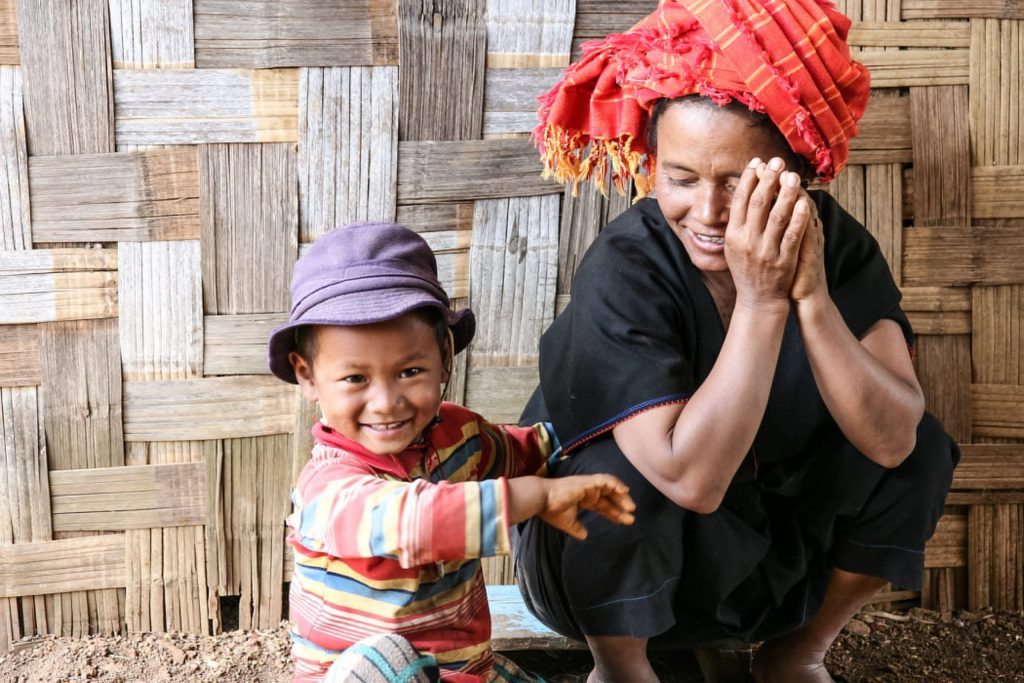
Now she is selling goods from a number of womxn’s groups and collectives in SE Asia and Central America; helping to increase their earnings and provide for their own families. The World’s Corner purchases the goods from the artisans and also donates 15% of the selling price back to them. This helps build community and partnership between them and the artisans as it is not a one-time transaction.
Taking the partnership model a step further, they are currently helping their partner in Guatemala, Atitla Womxn Weavers, promote her fundraiser to donate food baskets to families in Lake Atitla and surrounding villages. Actions like this get to the core of why Patricia started her company: to help create a positive impact in the lives of our partners and their communities.
She’s also working to educate her community about the artistry that goes into making these products (going as far as taking a weaving workshop the last time she was visiting SE Asia) and all the ways the womxn are using sustainable materials, such as growing their own cotton or using indigo dyes. She launched the YouTube channel to have a way to connect with other womxn entrepreneurs during COVID-19 and to have honest conversations about resilience, mental health for female founders, and slow fashion. Sharing these conversations beside conversations with the partner artisans really up-levels the way we, as viewers and consumers, see these artisans. They become members of the womxn’s founders world – as they should be.
Speaking of slow fashion, Patricia is a staunch advocate of the slow fashion movement. She uses her platform with The World’s Corner to educate and inspire others to think about how they can participate in slow fashion. Naturally one of the ways she encourages this is by discussing transparency. By only buying clothes and goods that we can trace the origins of – and know that they were made sustainably and by people earning a living wage – we can shift the fashion industry towards more sustainable practices.
During a recent conversation with Katie Maxwell, a brand ambassador for Remake, the subject came up of first steps towards participating in the slow fashion revolution. Katie started with capsule wardrobes and thrift-store shopping, which you’ve probably heard before. But what’s great about the brand Patricia is building is that they are also talking about things we might not have thought of. She’s young and many of the (US-based) people she is collaborating and networking with are young as well. They are still in school or just getting started with their businesses or careers. They lack the disposable income to purchase a $1,000+ capsule wardrobe and are used to the mindset of buying something new for every party, important meeting, or first date. Katie and Patricia encouraged people watching to follow sustainable brands whether or not you can afford to purchase from them because (1) it will mean you’ll see more and more sustainable brands in your feeds and (2) following and engaging with sustainable brands will help them grow which means sustainable brands will grow overall. And you can see their eyes light up as they talk; clearly indicating how passionate they are about the entire movement.
Patricia is quick to point out that from day 1, the goal of The World’s Corner was community.
She is building relationships with the womxn she works with. This is partially because she wants to know 100% where everything she is selling is coming from (transparency) and partially because, as she said, “Sustainability is a human issue.” (story)
She sells their products and shares their stories – a partnership that spans the globe, from their corner of the world to ours.
Shop The World’s Corner today and follow them on YouTube to learn more about the amazing womxn who are making the products you purchase!
